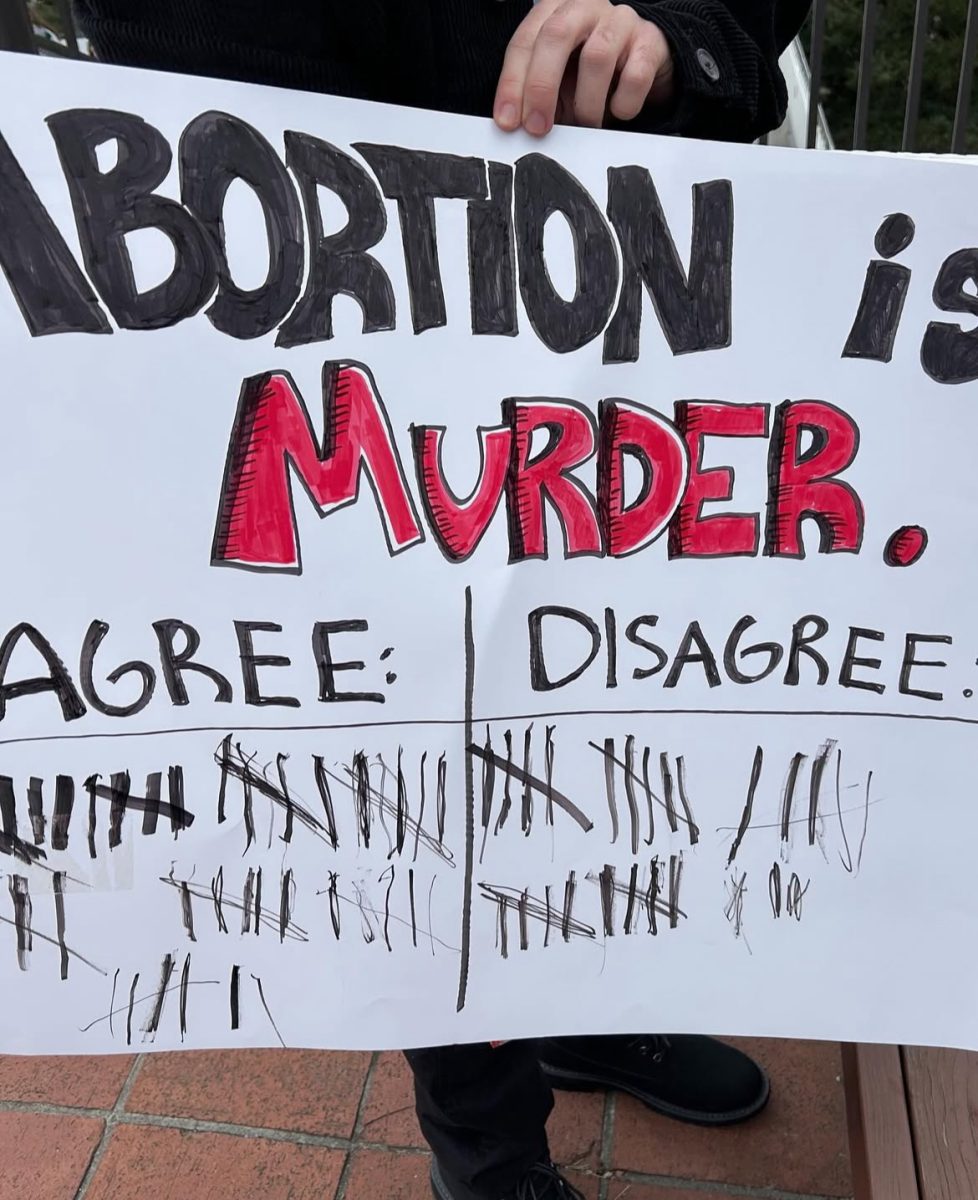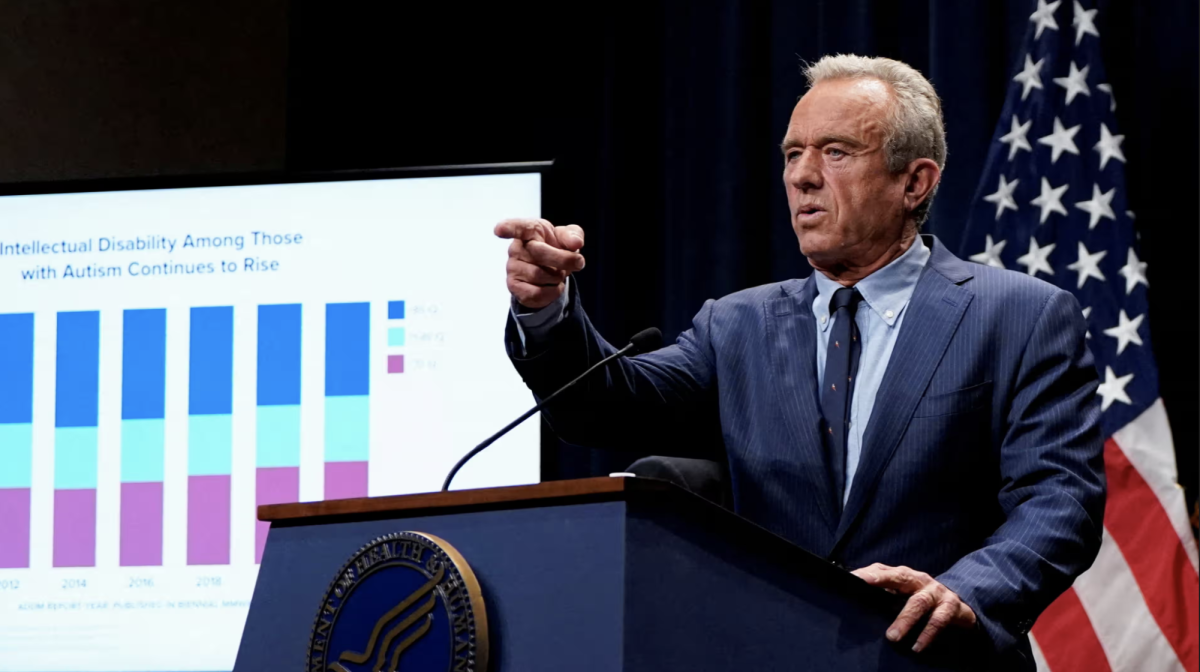It’s no secret that university tuition has been on the rise for quite some time now, but the solution doesn’t rest with Hillary Clinton. There is no way her solution will work. It’s true that while some schools are experiencing price hikes of a few percentage points, and others are seeing rates increase even more aggressively. College affordability has been in the spotlight several times over the past few months as presidential candidates have been discussing how they want to help students avoid racking up additional debt on top of the $1.3 trillion that has already accumulated in the United States alone.
Bernie Sanders got the conversation started with his campaign, and shortly before he conceded the nomination to Hillary Clinton, Clinton adopted an almost identical platform. The Democratic presidential nominee wants to allow families that make less than $85,000 per year to be able to attend four-year in-state public institutions tuition free. By 2021, that income threshold will have increased incrementally to $125,000. Simply put, Clinton’s campaign said that this would eliminate tuition for more than 80 percent of families. There are many other provisions included in her plan, including the expansion of the Pell program, additional funding for HBCUs and debt relief for individuals who qualify under a variety of parameters.
It’s easy to make such promises and not have a sound plan for how to finance them. In fact, the details that have been released on how she will pay for them are still fuzzy — probably because they’re still fuzzy to her as well. More than likely, this is an outlandish proposal to gain the buy-in of the many college-aged voters that were all in for Bernie. However, some speculation has swirled and a few details have emerged on how the plan could be possible.
One thought is that public colleges and universities across the country would send the tuition bills to the federal Department of Education for payment. Sounds simple, right? Others have speculated that only part of the bill will be paid for by the federal government, and the other portion would be left up to the states to pay. Either way you slice and dice it, the proposal is estimated to cost somewhere in the neighborhood of $350 billion to $750 billion over ten years.
Simply put: this isn’t going to work. There are several factors that must be considered. First, if colleges are forwarding tuition bills to the state and federal governments, don’t you think that they’re going to tack on some additional fees and raise prices here and there? While the government will attempt to monitor the costs, can they really keep an eye on every public institution across the country and what they’re charging?
Secondly, it’s important to take note that most states cannot afford this plan, regardless of how much the federal government chooses to chip in. For this upcoming fiscal year alone, it’s estimated that roughly 16 states will be running some sort of budget shortfall or deficit.
Third, why should the government (via taxpayers) pay for college tuition when students aren’t graduating on time? This point leads to another topic that necessitates a completely separate debate of its own — however, I digress. The point is that four-year degree seeking students are not graduating in four years, much less in the six years that the government bases graduation rates upon. It’s estimated that only nine percent of public universities in the United States can boast graduation rates above 50 percent. If students take five or six years to graduate, that’s just more tuition to tack on to the bill. If students aren’t graduating with a degree that will land them a job in a timely manner, why don’t we focus on college completion rates and retention initiatives rather than on financing their substandard performance?
Finally, the plan calls for additional crackdown on the actual cost of college. I’m definitely not opposed to a thorough review of what students are paying for and a little to no increase in tuition. However, I am opposed to mandated cuts that would have a perverse effect on the quality of education. I just mentioned the fact that colleges are not graduating students on time. If mandatory cost cuts are implemented, what would be the first thing to go? Would it be support services for students or faculty positions? Any reductions in these areas would only be detrimental to existing efforts to improve graduation rates. Another point I haven’t even mentioned is the fact that with free college comes an influx of students. Can universities accommodate them?
While cost can be a barrier, there are many other issues that cause a student not to graduate on time. All of these factors lead to a vicious cycle. However, in the end, leveraging federal and state credit cards in order to fund a vast majority of college tuition isn’t the answer, and Hillary doesn’t have a pragmatic way to pay for it.







